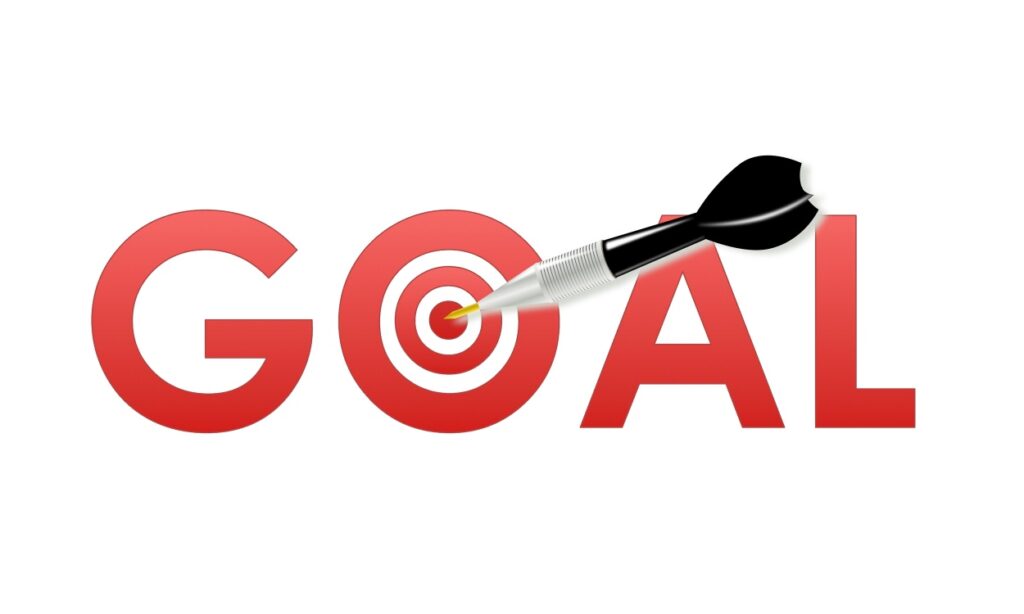Why is creating a budget so important? Well, to understand exactly, here is a simple example.
If I have a take-home pay of, say, $2,500 a month, how can I pay for housing, food, insurance, health care, debt repayment and fun without running out of money? That’s a lot to cover with a limited amount, and this is a zero-sum game.
The answer is to make a budget.
Most people need some way of seeing where their money is going each month. A budget can help you feel more in control of your finances and make it easier to save money for your goals. The trick is to figure out a way to track your finances that works for you.
What is a budget? A budget is a plan for every dollar you have. It’s not magic, but it represents more financial freedom and a life with much less stress. Here’s how to set up and then manage your budget.
If you’re looking to create a personal budget, start with these six steps
The following steps can help you create a budget.

Step 1: Calculate your net income
The foundation of an effective budget is your net income. That’s your take-home pay—total wages or salary minus deductions for taxes and employer-provided programs such as retirement plans and health insurance. Never focus on your total salary instead of net income as this could lead to overspending because you’ll think you have more available money than you do. If you have other income than your salary, make sure to keep detailed notes of your contracts and pay in order to help manage irregular income.
Step 2: Track your expenses
Once you know how much money you have coming in, the next step is to figure out where it’s going. Tracking and categorizing your expenses can help you determine what you are spending the most money on and where it might be easiest to save.
Begin by listing your fixed expenses. These are regular monthly bills such as rent or mortgage, utilities and car payments. Next list your variable expenses—those that may change from month to month, such as groceries, gas and entertainment. This is an area where you might find opportunities to cut back. Credit card and bank statements are a good place to start since they often itemize or categorize your monthly expenditures.
Record your daily spending with anything that’s handy—a pen and paper, an app on your smartphone, or budgeting spreadsheets that you can download from our webpage.
You can download our simple excel budget by clicking here.
Step 3: Set realistic goals
Before you start sifting through the information you’ve tracked, make a list of your short- and long-term financial goals. Short-term goals should take around one to three years to achieve and might include things like setting up an emergency fund or paying down credit card debt. Long-term goals, such as saving for retirement or your child’s education, may take decades to reach. Remember, your goals don’t have to be set in stone, but identifying them can help motivate you to stick to your budget. For example, it may be easier to cut spending if you know you’re saving for a vacation.

Step 4: Make a plan by creating a budget
This is where everything comes together: What you’re actually spending vs. what you want to spend. Use the variable and fixed expenses you compiled to get a sense of what you’ll spend in the coming months. Then compare that to your net income and priorities. Consider setting specific—and realistic—spending limits for each category of expenses.
You might choose to break down your expenses even further, between things you need to have and things you want to have. For instance, if you drive to work every day, gasoline counts as a need. A monthly music subscription, however, may count as a want. This difference becomes important when you’re looking for ways to redirect money to your financial goals.
Choose a budgeting plan: Any budget must cover all of your needs, some of your wants and — this is key — savings for emergencies and the future. Budgeting plan examples include the envelope system and the zero-based budget.
We recommend the popular 50/30/20 budget to maximize your money. In it, you spend roughly 50% of your after-tax dollars on necessities, no more than 30% on wants, and at least 20% on savings and debt repayment.
We like the simplicity of this plan. Over the long term, someone who follows these guidelines will have manageable debt, room to indulge occasionally, and savings to pay irregular or unexpected expenses and retire comfortably.
Let’s check the 50/30/20 budget and find out how this budgeting approach applies to your money.
Allow up to 50% of your income for needs when creating a budget.
Your needs — about 50% of your after-tax income — should include:
- Groceries.
- Housing.
- Basic utilities.
- Transportation.
- Insurance.
- Minimum loan payments. Anything beyond the minimum goes into the savings and debt repayment category.
- Child care or other expenses you need so you can work.
If your absolute essentials overshoot the 50% mark, you may need to dip into the “wants” portion of your budget for a while. It’s not the end of the world, but you’ll have to adjust your spending.
Even if your necessities fall under the 50% cap, revisiting these fixed expenses occasionally is smart and check if there is anything you could change to save a little more.

Leave 30% of your income for wants in your budget. Separating wants from needs can be difficult. In general, needs are essential for you to live and work. Typical wants include dinners out, gifts, travel and entertainment. It’s not always easy to decide. Are restorative spa visits (including tips for a massage) a want or a need? How about organic groceries? Decisions vary from person to person.
If you’re eager to get out of debt as fast as you can, you may decide your wants can wait until you have some savings or your debts are under control. But your budget shouldn’t be so austere that you can never buy anything just for fun. Every budget needs both wiggle room — maybe you forgot about an expense or one was bigger than you anticipated — and some money you’re entitled to spend as you wish.
Your budget is a tool to help you, not a straitjacket to keep you from enjoying life, ever. If there’s no money for fun, you’ll be less likely to stick with your budget — and a good budget is one you’ll stick with.
Commit 20% of your income to savings and debt repayment when creating a budget based on the 50/30/20 rule.
Use 20% of your after-tax income to put something away for the unexpected, save for the future and pay off debt. Make sure you think of the bigger financial picture; that may mean two-stepping between savings and debt repayment to accomplish your most pressing goals.
Automate your savings: Automate as much as possible so the money you’ve allocated for a specific purpose gets there with minimal effort on your part. An accountability partner or online support group can help so that you’re held accountable for choices that blow the budget.
Step 5: Adjust your spending to stay on budget
Now that you’ve documented your income and spending, you can make any necessary adjustments so that you don’t overspend and have money to put toward your goals. Look toward your “wants” as the first area for cuts. Can you skip movie night in favor of a movie at home? If you’ve already adjusted your spending on wants, take a closer look at your spending on monthly payments. On close inspection, a “need” may just be “hard to part with.”
If the numbers still aren’t adding up, look at adjusting your fixed expenses. Could you, for instance, save more by shopping around for a better rate on auto or homeowners insurance? Such decisions come with big trade-offs, so make sure you carefully weigh your options.
Remember, even small savings can add up to a lot of money. You might be surprised at how much extra money you accumulate by making one minor adjustment at a time.
Step 6: Review your budget regularly
Once your budget is set, it’s important to review it and your spending on a regular basis to be sure you are staying on track. A few elements of your budget are set in stone: You may get a raise, your expenses may change or you may reach a goal and want to plan for a new one. Whatever the reason, get into the habit of regularly checking in with your budget by following the steps above.




